Skoda Kodiaq is a large 7-seat SUV originating from the Czech Republic and is very popular in the European market. With many prestigious awards worldwide and continuously being in the top list of best-selling cars, Kodiaq is the brightest face today.
Powerful, fuel-efficient Turbo engine
Kodiaq has all the typical qualities that Skoda wants to bring to customers. The name of the car line is inspired by the sturdiness of the largest surviving Kodiak brown bear, Skoda Kodiaq has somewhat shown its strength right from its name.
The power of the Skoda Kodiaq (Style version) is clearly demonstrated through the 2.0 liter TSI Turbo engine with a maximum capacity of 180 horsepower, maximum torque of 320Nm in the rpm range of 1,400 - 3,940 rpm. The car takes 8.2 seconds to accelerate from 0-100km/h before reaching a maximum speed of 207km/h. The 2.0 liter engine version comes with a 7-speed wet dual-clutch automatic transmission, integrated with a gearshift function on the steering wheel, and a 4×4 drive system with many operating modes to help the car confidently conquer all terrains.
The Skoda Kodiaq takes just 8.2 seconds to accelerate from 0-100 km/h before reaching a top speed of 207 km/h.
In addition, the Turbocharger engine also helps increase power without increasing cylinder capacity. This helps the vehicle save fuel consumption while maintaining high performance. Specifically, the 2.0 TSI Turbo 4×4 version consumes about 8.1ℓ/100km thanks to the efficient turbocharger engine. In addition, the Skoda Kodiaq is also equipped with Eco driving mode, optimizing fuel consumption while minimizing emissions according to EURO 6 standards - one of the most stringent emission standards today.
Safety meets European Union standards
Not only is it exceptionally powerful, the Skoda Kodiaq is also equipped with many advanced safety and driver assistance systems such as: Front and rear collision sensors, blind spot warning, driver distraction warning, panoramic camera system to observe around the vehicle with multiple display modes, downhill vehicle assistance, 7-airbag system with passenger side off function when there are no passengers, cruise control and speed limit, Full LED matrix headlight system,...
The Skoda Kodiaq helps ensure optimal visibility for the driver in all weather conditions.
In particular, the Skoda Kodiaq model is also equipped with technology and amenities similar to products sold in Europe with the MQB chassis system shared by Volkswagen's high-end car brands, giving the Kodiaq powerful and stable performance on all terrains. The Volkswagen Group has spent about 60 billion dollars to develop this chassis solution. Currently, MQB is applied synchronously to car lines of all 8 sibling brands: Audi, Bentley, Bugatti, Lamborghini, Porsche, SEAT, Volkswagen and Skoda.
MQB A2 chassis on Skoda Kodiaq
The chassis materials of the Skoda Kodiaq are also designed by engineers to ensure maximum safety while maintaining light weight, helping the car achieve optimal performance and fuel economy. At key locations on the body and floor, the Skoda Kodiaq uses ultra high strength steel to enhance the protection of the driver and passengers in the passenger compartment. As for the chassis, it is mandatory to have an impact absorption zone when the car collides (at the hood, front bumper, ...) made of softer steel to ensure optimal safety. Thus, the material used to make a safe chassis is not the harder the better, on the contrary, the chassis needs to have the appropriate hardness at each location. With the Skoda Kodiaq, engineers used up to 5 types of steel on a chassis and carefully calculated the ratio.
Types of steel and their densities used in car body construction
Through Kodiaq, Skoda has clearly demonstrated the typical values of the European automobile industry, from the power of the engine, outstanding safety to solid operation, thereby showing Skoda's efforts in ensuring optimal vehicle performance and comprehensive protection for users.
Source: https://thanhcong.vn/tin-tuc/skoda-kodiaq-an-toan-manh-me-tren-tung-cung-duong.html


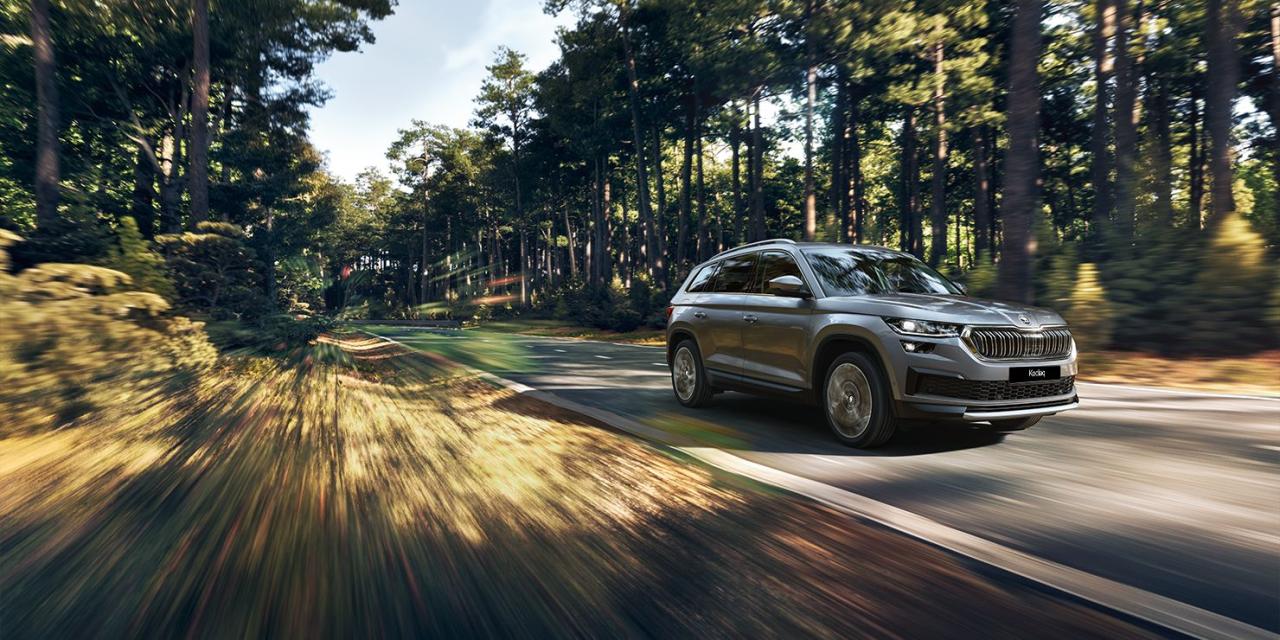

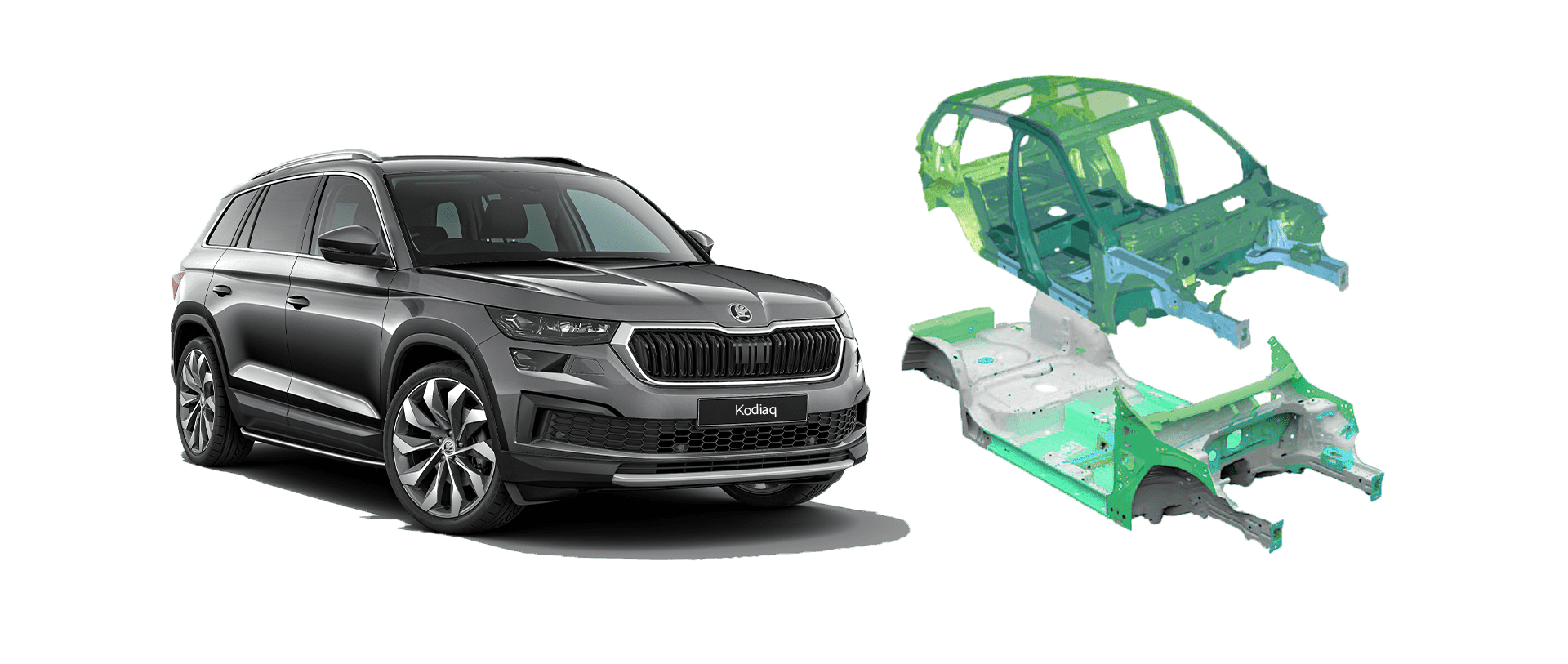
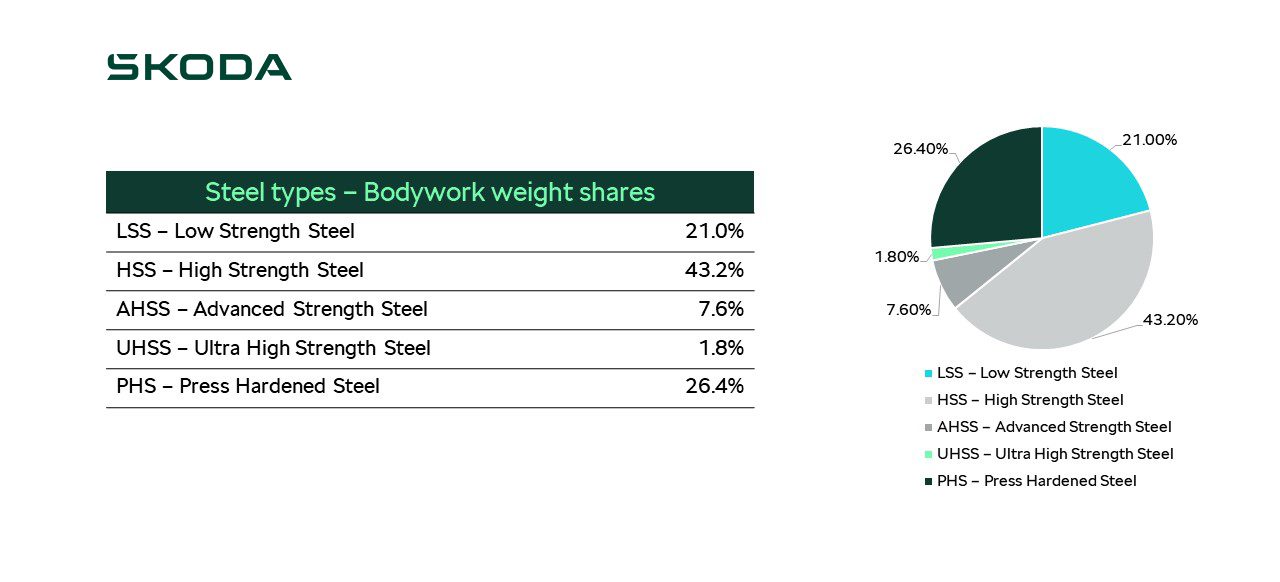
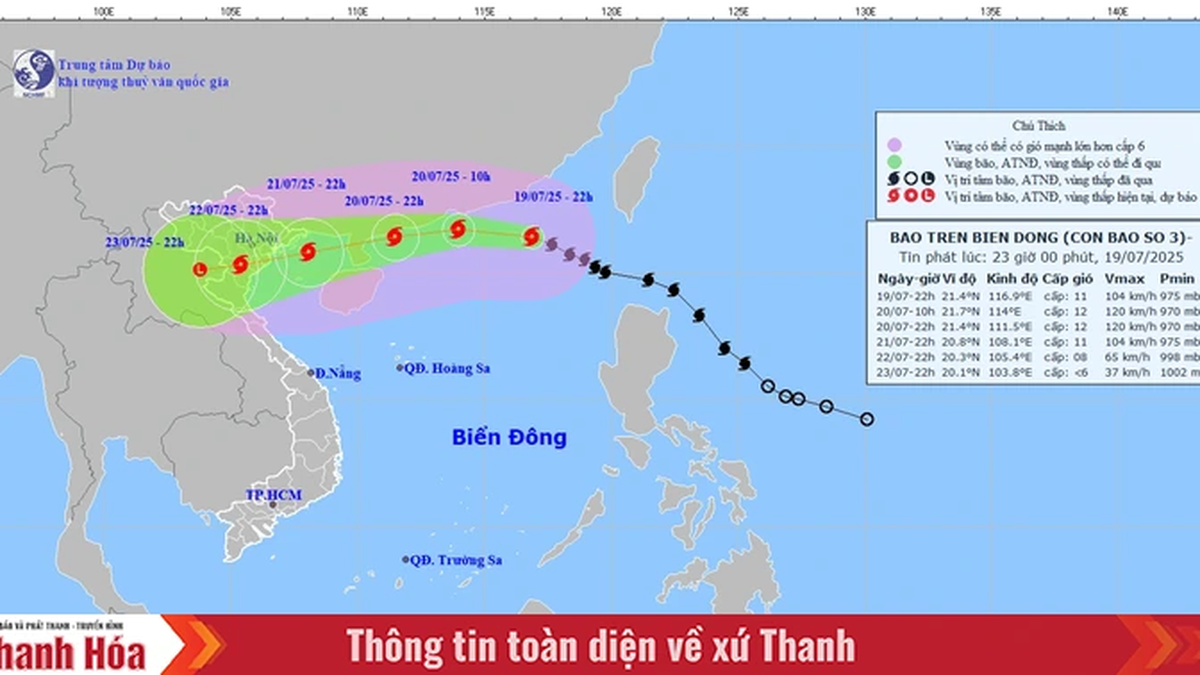




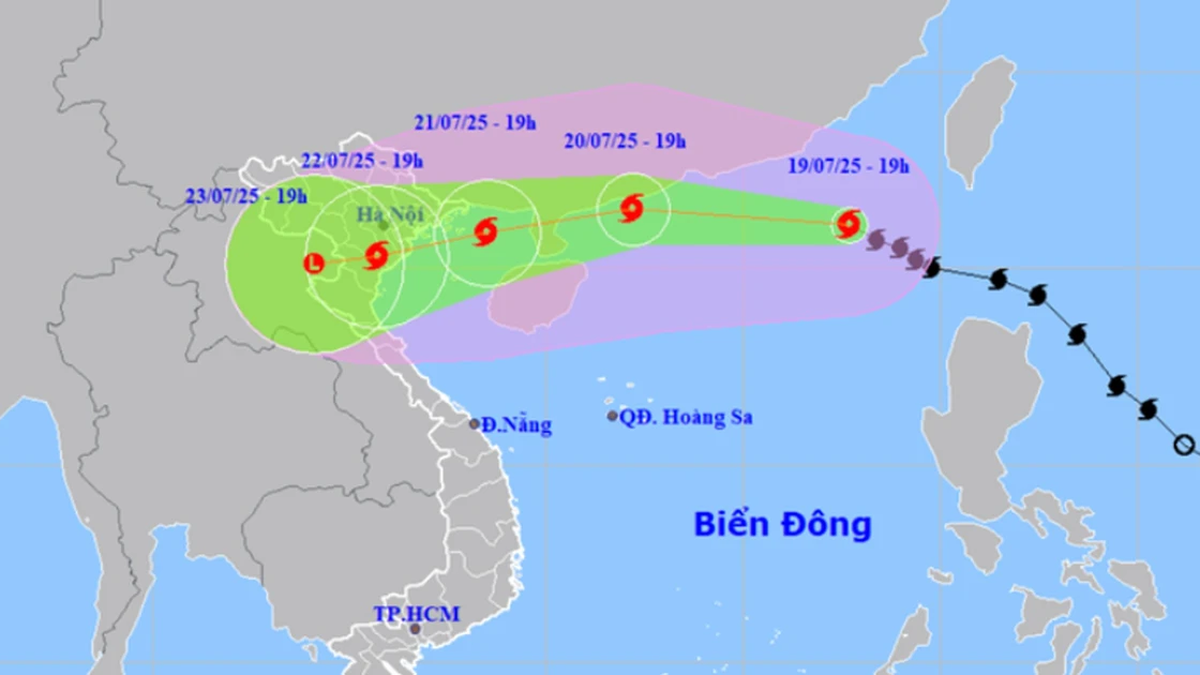
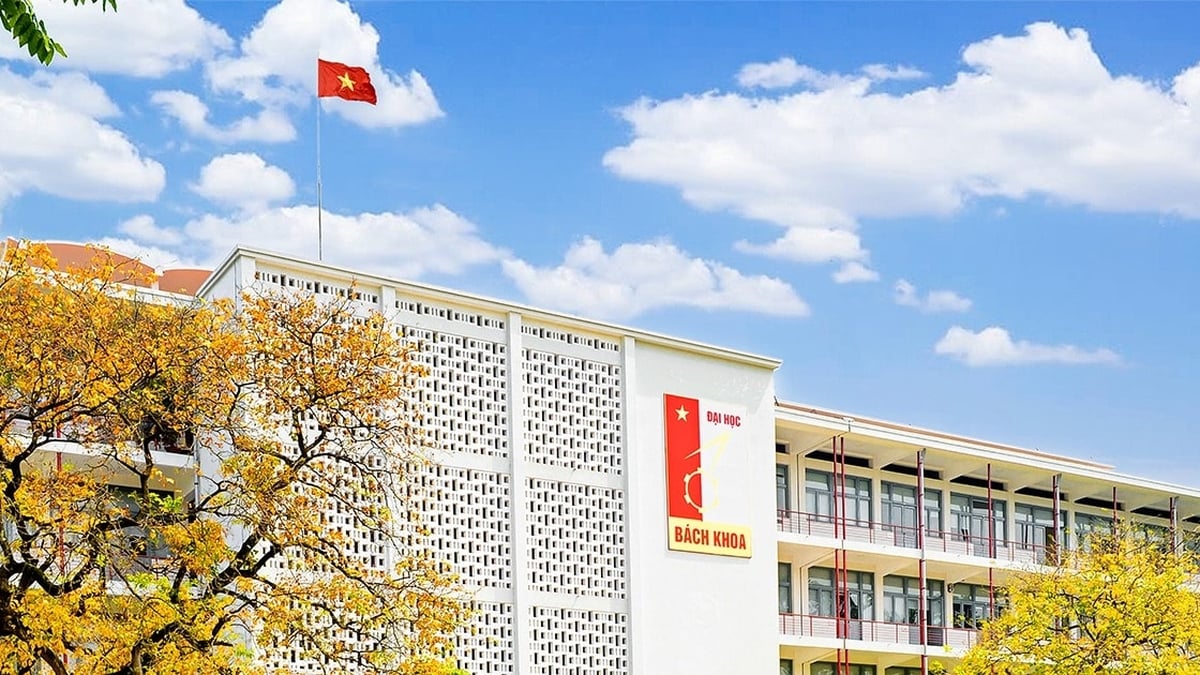

























































































Comment (0)